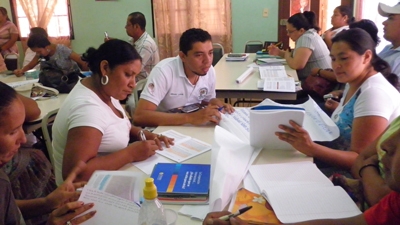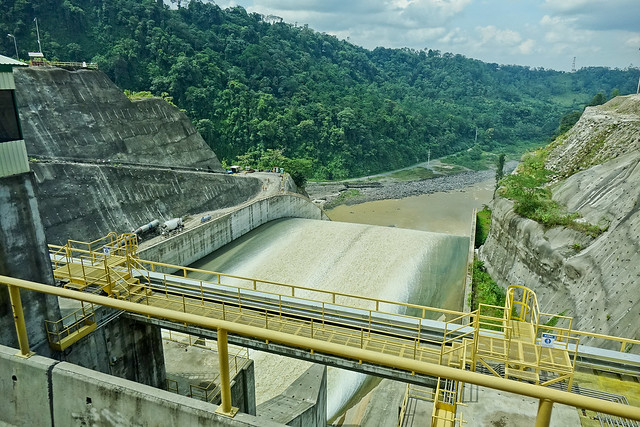In many aspects, Costa Rica is a success story in terms of development. It is considered an upper middle-income country, which has shown a steady economic growth over the past 25 years. This growth resulted from an outward-oriented strategy, based on the openness to foreign investment and gradual trade liberalization.
Costa Rica is also a global leader for its environmental policies and accomplishments, which have helped the country build its Green Trademark. The pioneering Payments for Environmental Services (PES) program has been successful in promoting forest and biodiversity conservation; making Costa Rica the only tropical country in the world to have reversed deforestation.
The combination of political stability, social contract and stable growth has resulted in one of the lowest poverty rates in Latin America and the Caribbean, where the proportion of the population living below the World Bank’s upper middle-income line (US$6.85 per person per day in 2017 Purchasing Power Parity - PPP) decreased from 15.6 to 13.7 % between 2010 and 2019.
The success of the country in recent decades is also reflected in its strong indicators of human development, which have contributed to move the country up the global ranks, higher than the other countries in the region. However, two key challenges persisted.
Poverty rates are particularly high among vulnerable groups such as Afro-descendants, Indigenous populations, and migrants. The global pandemic deepened these challenges, with the poverty rate (2017 PPP) increasing from 13.7 % in 2019 to 19.9 % in 2020. In 2023, as labor market conditions improved and real household per-capita labor income recovered, poverty declined to 12.7 % below pre-pandemic levels.
After moderating to 4.6 % in 2022, growth surpassed expectations, reaching 5.1 % in 2023, bolstered by robust domestic and external demand. Inflationary pressures subsided in the first half of 2023. Amid global uncertainty and a slowdown in key trading partners, the projection is 3.9 % in 2024, and then growth is expected to moderate to 3.7 % in 2025 and 2026.
Costa Rica's high susceptibility to external shocks, such as global inflationary pressures, dampened global growth, and tightening financial conditions, could pose challenges. Climate vulnerabilities, exacerbated by phenomena like El Niño, compound these uncertainties and could disproportionately impact the poor. Additionally, recent surges in migration and perceived criminality could increase expenditure demands, potentially impeding the pace of fiscal consolidation.
Addressing Costa Rica's twin challenges of inclusivity and fiscal management is crucial. Growth would need to become more inclusive across the labor force and territory, and fiscal policies should continue to support creditworthiness. Improving revenue mobilization and spending efficiency, especially in social and infrastructure sectors, is essential to reduce poverty and inequality.
Last Updated: Apr 03, 2024



